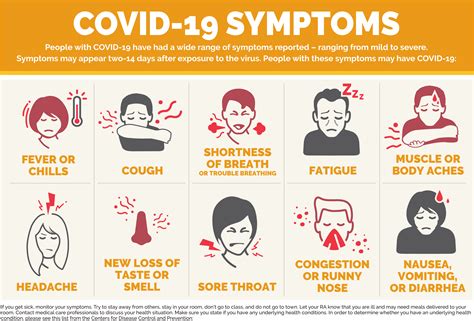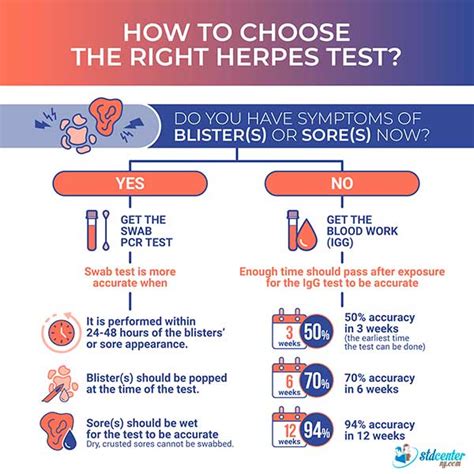The rapid spread of Covid-19 has underscored the importance of early detection and prompt medical intervention. Recognizing the symptoms of Covid-19 is crucial for preventing its spread and ensuring timely treatment. This comprehensive guide provides a detailed checklist of symptoms to watch out for, as well as valuable insights into the evolution of the virus and its implications for global health.
Understanding Covid-19 Symptoms
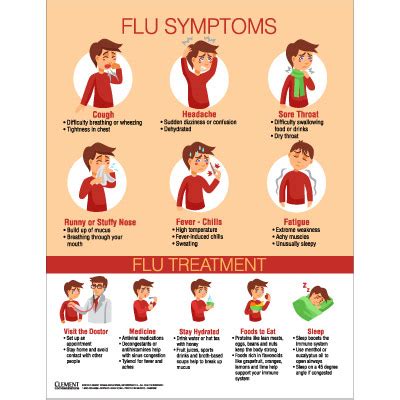
Covid-19, caused by the SARS-CoV-2 virus, presents a wide range of symptoms, from mild to severe. The most common symptoms include:
- Fever: A high body temperature, usually above 100.4°F (38°C), which can indicate the body’s response to the infection.
- Cough: A dry cough is one of the hallmark symptoms, although some people may experience a cough with mucus.
- Fatigue: Feeling extremely tired or exhausted, which can significantly impact daily activities.
- Shortness of Breath or Difficulty Breathing: This can range from mild to severe and is a critical symptom that requires immediate medical attention.
- Headache: Headaches can vary in severity and are often accompanied by other symptoms.
- Sore Throat: A scratchy or sore throat can be an early sign of infection.
- Runny Nose or Stuffy Nose: Nasal congestion or a runny nose, similar to symptoms experienced during a common cold.
- Body Aches or Muscle Pains: Feeling pain or discomfort in various parts of the body.
- Diarrhea: Although less common, some individuals may experience gastrointestinal symptoms.
- Nausea or Vomiting: These symptoms can also occur, particularly in severe cases.
Less Common Symptoms
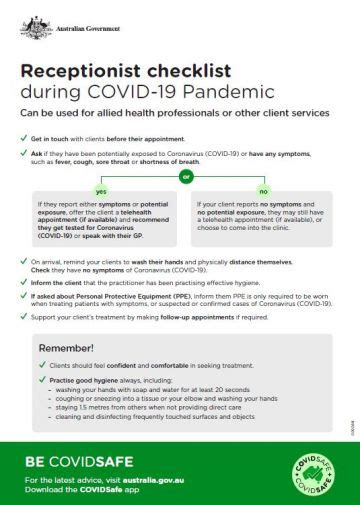
In addition to the common symptoms, some people may experience less typical signs of Covid-19, including:
- Skin Rashes: Some patients have reported skin rashes or lesions.
- Eye Symptoms: Such as conjunctivitis (pink eye).
- Loss of Appetite: Reduced desire to eat due to the infection.
- Confusion: Especially in older adults, who might experience a decreased level of consciousness or confusion.
Severe Symptoms Requiring Immediate Attention
Certain symptoms indicate a severe infection and require immediate medical attention:
- Difficulty Breathing: Severe shortness of breath or difficulty breathing.
- Chest Pain or Pressure: Pain or pressure in the chest that worsens with deep breathing or coughing.
- Severe Headache: A headache that is severe and persistent.
- Confusion or Disorientation: Especially in older adults or those with underlying health conditions.
Historical Evolution of Covid-19
The first cases of Covid-19 were reported in late 2019 in Wuhan, China. Since then, the virus has spread globally, leading to one of the most significant public health crises in recent history. Understanding the historical evolution of Covid-19, including its spread, mutation, and the development of vaccines, is essential for grasping the full scope of the pandemic.
Comparative Analysis of Virus Mutations
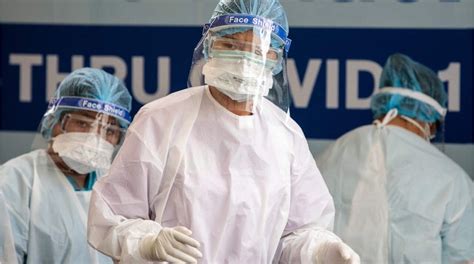
Different mutations of the SARS-CoV-2 virus have emerged over time, some of which have had significant implications for public health. A comparative analysis of these mutations reveals variations in transmissibility, severity, and the potential to evade immune responses. This ongoing evolution highlights the need for continued vigilance and adaptability in public health strategies.
Future Trends Projection
As the world continues to navigate the challenges posed by Covid-19, projecting future trends is crucial for preparedness and planning. Factors such as vaccine development, global distribution, and the potential for new mutations will play significant roles in shaping the pandemic’s trajectory. Moreover, the integration of technology, including digital contact tracing and AI-powered predictive analytics, is expected to enhance surveillance and response capabilities.
Technical Breakdown: Vaccine Development
The rapid development and deployment of Covid-19 vaccines have been a testament to global collaboration and scientific innovation. Understanding the technical aspects of vaccine development, including the different types of vaccines (mRNA, viral vector, inactivated whole virus, etc.), their mechanisms of action, and the challenges of vaccine distribution, is essential for appreciating the complexities of this endeavor.
Decision Framework: When to Seek Medical Attention
Deciding when to seek medical attention can be challenging, especially given the range of symptoms and their potential severity. A decision framework that considers factors such as the presence of severe symptoms, underlying health conditions, age, and exposure history can help individuals make informed decisions about seeking medical care.
Resource Guide: Comprehensive Information Sources
For those seeking more information, a comprehensive resource guide that includes reputable sources such as the World Health Organization (WHO), the Centers for Disease Control and Prevention (CDC), and peer-reviewed journals can provide valuable insights and updates on the pandemic.
Myth vs. Reality: Addressing Misconceptions
Several misconceptions about Covid-19 have circulated, including myths about transmission, severity, and treatment. Addressing these misconceptions with evidence-based information is crucial for promoting public understanding and encouraging behaviors that mitigate the spread of the virus.
Steps to Protect Yourself and Others
- Practice social distancing by maintaining at least 6 feet of distance from others.
- Wear masks in public places, especially in areas with high transmission rates.
- FAQ: Frequently wash your hands with soap and water for at least 20 seconds.
- Avoid touching your eyes, nose, and mouth to prevent potential transmission.
- Cover your mouth and nose with a tissue when coughing or sneezing, or use your elbow if a tissue is not available.
Conclusion
Recognizing the symptoms of Covid-19 and understanding the broader context of the pandemic are critical for individual and public health responses. By staying informed, adhering to protective measures, and supporting global efforts to combat the virus, we can work towards mitigating its impact and navigating the challenges it presents.
What are the most common symptoms of Covid-19?
+The most common symptoms include fever, cough, fatigue, and shortness of breath or difficulty breathing. Other symptoms can include headache, sore throat, runny nose or stuffy nose, body aches or muscle pains, diarrhea, nausea or vomiting, and loss of appetite.
When should I seek medical attention if I think I have Covid-19?
+You should seek medical attention immediately if you experience severe symptoms such as difficulty breathing, chest pain or pressure, severe headache, or confusion. It’s also important to consult a healthcare provider if you have underlying health conditions, are older, or have been exposed to someone with Covid-19.
How can I protect myself and others from Covid-19?
+To protect yourself and others, practice social distancing, wear masks in public, frequently wash your hands with soap and water, avoid touching your face, cover your mouth and nose when coughing or sneezing, and stay home if you are sick. Vaccination is also a crucial tool in preventing the spread of Covid-19.
